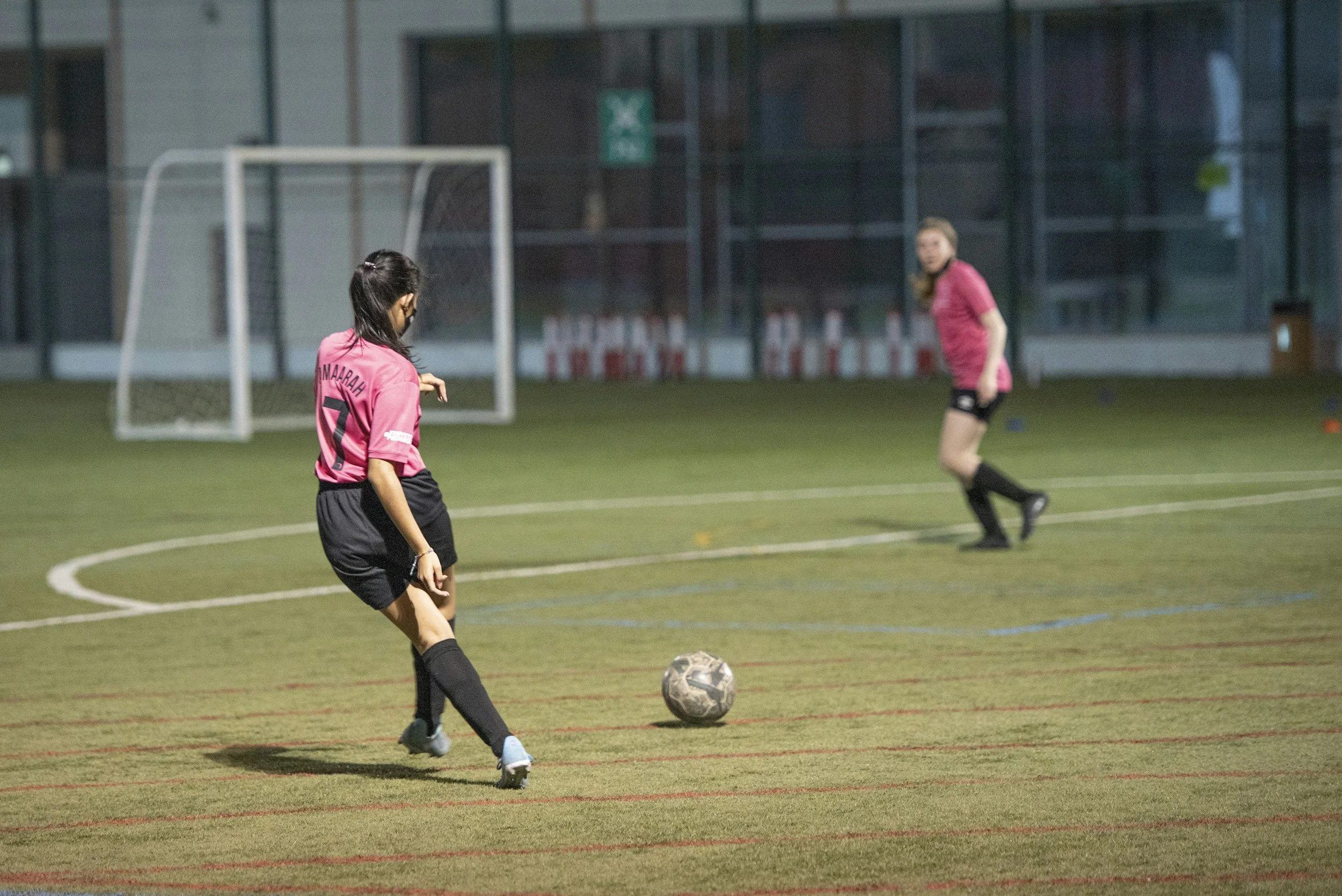Why are we doing this project?
Women’s football in Central and Eastern Europe (CEE) is growing rapidly, but female players face significant challenges when it comes to injury prevention and healthcare support. Unlike their male counterparts, women footballers experience different injury risks, such as a substantially higher rate of ACL injuries and longer recovery times, yet the injury prevention programmes (IPPs) available to them are often not designed with their specific needs in mind.
In CEE, several barriers limit the implementation of effective female-specific IPPs:
Limited research and data focused on women’s football in the region means there is little evidence to guide tailored prevention strategies.
Gender bias and marginalisation reduce funding, attention, and resources dedicated to women’s sport, hindering development and access to care.
Lack of awareness and education among coaches, physiotherapists, and sport organisations about female-specific injury risks and prevention needs.
Insufficient collaboration between key stakeholders—players, medical professionals, and sport authorities - reduces the uptake and sustainability of injury prevention efforts.
Context-specific challenges unique to the social, cultural, and sporting environment of CEE are rarely considered in existing IPPs developed elsewhere.
Our project aims to overcome these barriers by actively engaging with stakeholders across the region - athletes, clinicians, coaches, and administrators—to identify what helps and what hinders IPP implementation. By combining local expertise with international research and innovative methodologies, we intend to produce practical, evidence-based recommendations tailored to the CEE context.
Ultimately, this work seeks to improve injury prevention for female footballers, promote safer participation, and support longer, healthier careers - while fostering stronger regional partnerships that can sustain ongoing progress.


